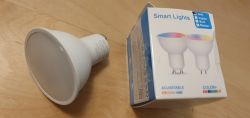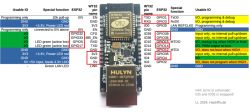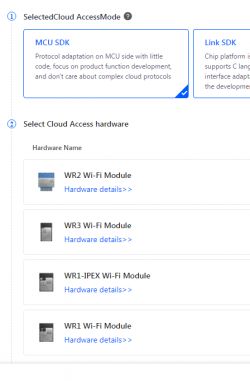Hi
Please tell me if it is currently possible to make it so that I can control the ESP8266 using the Tuya app?
I have a free ESP8266 board and would like it to be seen in the Tuya app as a WiFi socket - that is, I turn on the socket and the relay connected to one of the CPU pins turns on. I would also need to be able to select which pin the relay is on.
I found such a tutorial:
https://developer.tuya.com/en/docs/iot/genera...ing-for-other-chip-platforms?id=Kamckr2dn7ku7
But I'm stuck on step 4. Click Tuya Standard Module SDK and select TYWE1S or TYWE3S. Both these two modules use the ESP8266 chip. where I cannot find the ESP8266 module.
Anyone has perhaps dealt with this topic successfully?
Please tell me if it is currently possible to make it so that I can control the ESP8266 using the Tuya app?
I have a free ESP8266 board and would like it to be seen in the Tuya app as a WiFi socket - that is, I turn on the socket and the relay connected to one of the CPU pins turns on. I would also need to be able to select which pin the relay is on.
I found such a tutorial:
https://developer.tuya.com/en/docs/iot/genera...ing-for-other-chip-platforms?id=Kamckr2dn7ku7
But I'm stuck on step 4. Click Tuya Standard Module SDK and select TYWE1S or TYWE3S. Both these two modules use the ESP8266 chip. where I cannot find the ESP8266 module.
Anyone has perhaps dealt with this topic successfully?








